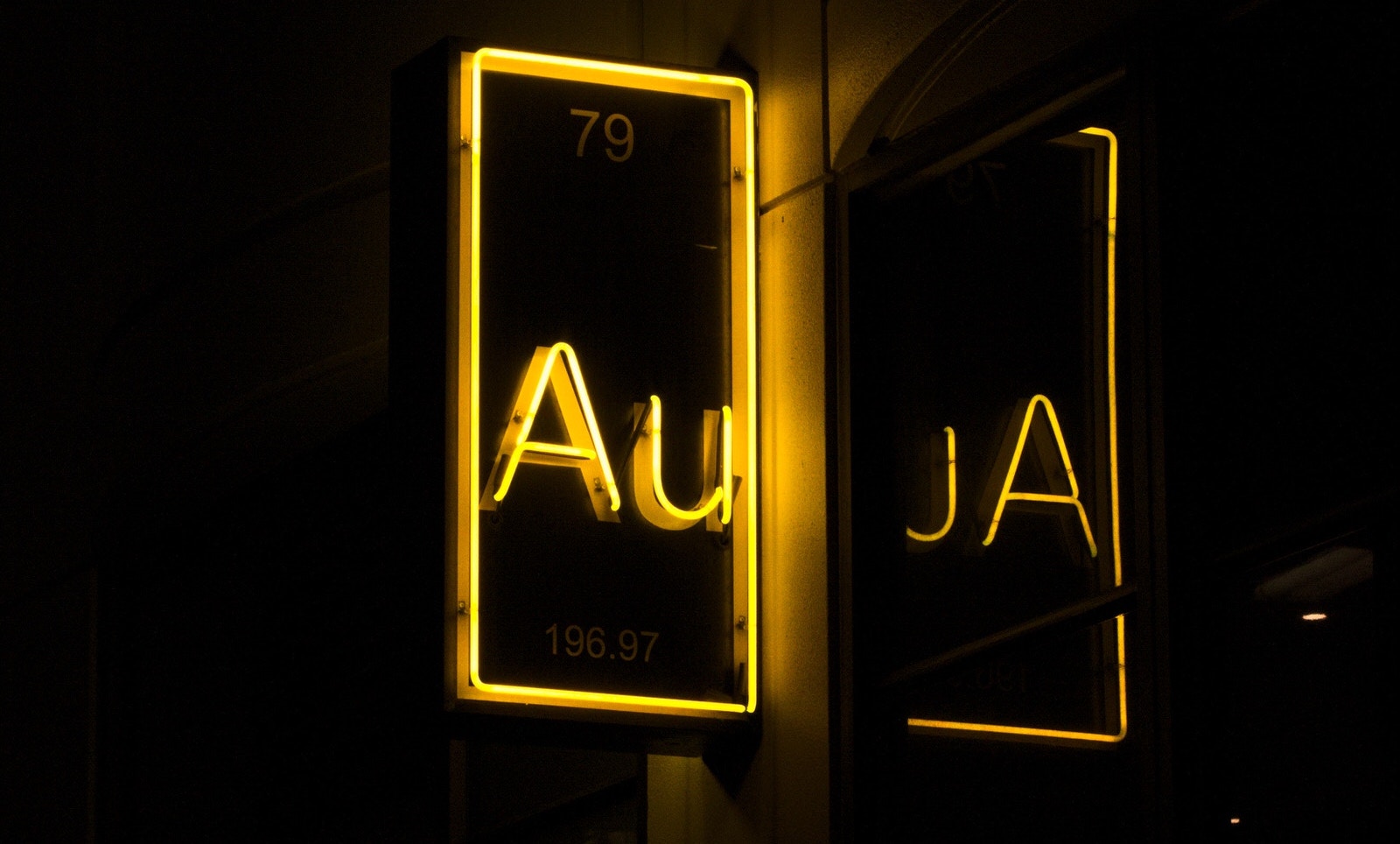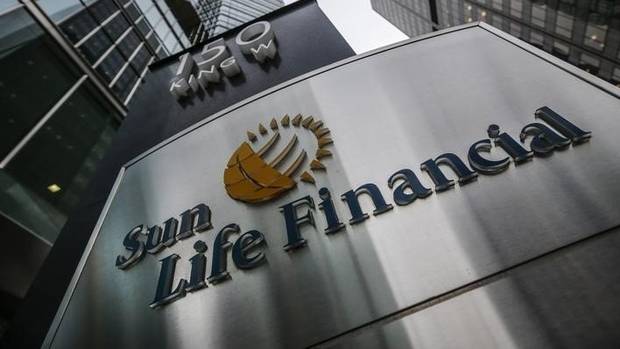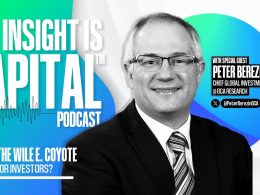by Hubert Marleau, Market Economist, Palos Management
October 10, 2025
On October 9, 2025 gold soared 60% y/y to $4061an ounce, smashing every record in history, except for its exceptional performance in 1970s, when the annual percentage increase exceeded 60% 3 times after the US left the Bretton Woods system, effectively abandoning the gold standard amid a decade of geopolitical turbulence, oil price shocks, soaring inflation and political incompetence.
Adjusted for US inflation, gold is currently at a record high of $3960 versus $2553 in 1980- the previous peak. What is important here is that the long term average price in real terms is roughly $2050 with an average annualised increase of 4.3%, beating inflation handsomely and therefore a factual store of value.
History shows that gold is a strategic reserve that is viewed by investors as an inflation hedge and by countries as a guarantor of financial strength and independence, especially when everybody believes that everything is going to rat shit.
In the meantime, its spectacular 3-year rally has broken all the records, smashing in their entirety the analytical models that have in the past reliably predicted its cycle movements over the years. It looks as if the breakout occurred in the midst of the pandemic when the price passed the $2000 an ounce mark, after being neglected for more than 30 years by just about everybody. The gold rally got its second thrust when Russia invaded Ukraine and the US weaponized the dollar by freezing Russian holdings of US treasuries. That gave central banks and Asian investors good reasons in 2024 to drive a 27% gain in the price of gold. In 2025 with the advent of Trump as US President, who upended the postwar economic order, countries were no longer passive holders of gold but actively aligning gold reserves to hedge against the realization that fiscal dominance is replacing monetary policy, fiat currency debasement becoming a real possibility as massive debt and deficits are running amok.
Meanwhile, coupled with trade wars that could lead to a second inflation wave, while political extremism is paralysing legislation, creating government crises in most countries, whether democratic or not. As a result, gold prices are 100% higher than they were when the rally really began. In those 3 years, central banks bought about 1000 tonnes of gold annually and for the first time since 1996, foreign central banks’ gold reserves have overtaken their Treasury holdings. Today, gold holdings as a percentage of international reserves is 24%, as opposed to 60% at the end of 1979.
The big question now is whether this acceleration can keep on going. Goldman Sachs thinks it will, forecasting that gold could hit $4900 an ounce. I don’t. In my opinion, gold buyers may have pushed the envelope a bit too far: perhaps the carrying cost is too high, and the US and world-money are running too slow (both declining in the last 3 months), and 2.5% inflation expectation is too low, and the sheer weight of chasing the momentum is too heavy. The point is that the gold’s bull run has put it in uncharted territory, eclipsing its inflation- adjusted peak of 1980. Moreover, the gold-to-copper ratio, the gold-to oil ratio, the gold-to-S&P 500 ratio and the gold-to-silver ratio are all out of whack. What if central banks, who were essentially responsible for gold's bullish momentum being its pillar of support, were to trim their reserves to capture the large premium or just pause their purchases as many of them have large trade deficits? In this connection, I view gold only as an insurance policy, refusing to chase the momentum, but keeping only those gold stocks that are generating a lot of free cash flow.
What Took Place in the 11 days ended October 10?
On Monday, the S&P 500 ran up to 6740, up 0.4%, as the federal funding standoff entered its six day with no apparent end in sight. It is not that there wasn't anxiety in the air: bitcoin and gold raced to new all-time highs, rising to $125,395 and $3985 respectively. The point was that OpenAI can move the market with deals.
Interestingly, Yardeni Research, a highly reputable research organization, raised its year-end S&P 500 target to 7000, suggesting that the stock market is experiencing a slow-motion melt-up attributable to an expected 10.7% y/y increase in third quarter earnings with many upside surprises and no AI and cloud companies disappointments, and to a few more rate cuts even though recession odds are relatively low. Yardeni made the astute observation that there is a lot less air in technology-related stock than the one during 1999. The boutique wrote in a note to its clients: “Today, the S&P 500 Information Technology and Communication Services sectors account for a record 44.9% of the Index’s market capitalization and a record 37.4% of the index's forward earnings. During the Tech Bubble of 1999-2000, their combined market cap and forward earnings shares peaked at 40.7% and 23.8%.”
On Tuesday, the S&P 500 ended a magnificent 7-day winning streak, declining 0.4% to end at 6715 as private data from Citadel and Bank of America confirmed labour weakness is persisting.
Interestingly, Evercore ISI, another highly followed Wall Street research firm, also came up with its own bullish forecast for US stocks, suggesting that the AI-driven bull market still had plenty of upside before a potential pop drag stock prices lower. Julian Emanuel, its chief equity and quantitative strategist, said; "Don't fear a bull market drawdown,” suggesting that the S&P 500 should rally to 7750 by the end of next year and that this big beautiful bubble has the potential to drive the benchmark to 9000.
On Wednesday, the S&P 500 rose 0.6% to a fresh high of 6752 amid renewed AI optimism and FOMC minutes that showed that most Fed officials were backing more interest cuts this year, underscoring inflation risks.
On Thursday, the S&P 500 shed only 19 points, falling a mere 0.3% to 6735 as investors continue to ruminate on the government shutdown. In contrast to the sharp fall in precious metal prices on apparent profit-trading by traders, gold fell 2.4% and silver dropped 3.7%.
On Friday, the University of Michigan reported that consumer sentiment has stayed at recession levels through September as high inflation and lack of jobs frustrated Americans while trade tensions over rare-earth elements between the U.S. and China exploded back into the open, rekindling the trade war that almost caused a recession. The S&P took a serious fall, declining 2.7% to 6553, below my original 2025 target of 6600.
The Near-Term Stock Market Outlook:
Last week, I wrote: “Everything looks messy, but the path to 7000 for the S&P 500 is alive and well. Indeed, it may seem irrational to some observers, but not to the bulls of Wall Street who still have plenty of dry powder at a time when they appeared earlier to be all too willing to discount the ongoing resilience of the AI boom, the strong outlook for corporate earnings, and forthcoming rate cuts. High valuations may cause temporary corrections, but not bear markets. The latter are caused by recessions, which depress both earnings and multiples at the same time.”
A period of consolidation is likely after a 3-year run, but equity rally is underpinned by solid earnings; and that should support the market. Citigroup and Goldman Sachs said that S&P 500 earnings are expected to grow 8.8% year over year in Q3, on sales growth of 6.4%. According to Seaport Research Partners, those numbers may prove to be too low. FactSet published on Friday that analysts are projecting annual earnings growth for the S&P 500 of 14% from the end of 2025 through 2027. Nonetheless, there are 2 overcrowded trades out there: long gold and short dollars.”
With this in mind, I have lightened up my speculative position in all my micro cap gold stocks, while taking the proceeds to buy defensible positions in IMP, PRV.UN and KEY.
Copyright © Palos Management











